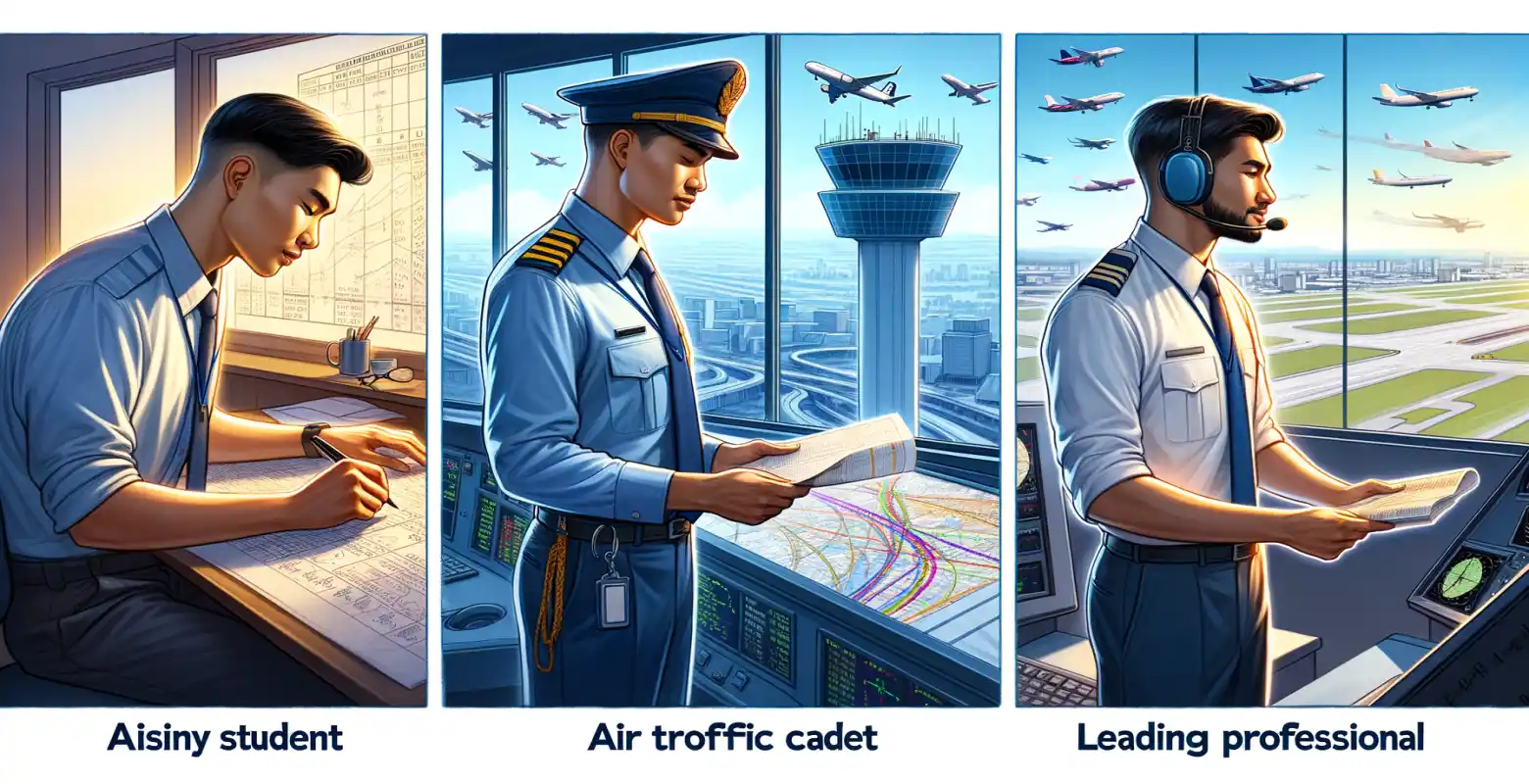What does the career path of an air traffic controller look like?
Introduction
Air traffic controller is one of the most responsible and demanding professions in the aviation industry. Individuals in this role ensure the safety of thousands of passengers every day by coordinating aircraft movements at airports and in airspace. Understanding the career path of an air traffic controller is essential for those considering this professional route and for those curious about how this crucial part of aviation infrastructure operates. In this article, we will examine step by step the stages required to become an air traffic controller, the necessary skills, as well as the challenges and benefits associated with this profession.
Prerequisites
To start a career as an air traffic controller, candidates must meet specific prerequisites. The most important of these is having the appropriate education. In Poland, future controllers often graduate from aviation or transportation-related fields, although this is not a rule. Excellent communication skills in both Polish and English, which is the international language in aviation, are also crucial.
In addition to education, candidates must undergo rigorous psychological and medical tests. High stress tolerance, ability to make quick decisions, and divided attention are essential traits in this profession. Candidates must also meet specific health standards, including excellent vision and hearing.
Training and Certification
After meeting the prerequisites, future air traffic controllers must undergo specialized training. In Poland, this training mainly takes place at the Polish Air Navigation Services Agency (PAŻP). The training includes both theoretical and practical sessions where participants learn about air traffic control systems, safety procedures, and handling emergency situations.
Upon completion of the training, future controllers must pass a state exam that qualifies them to work in this profession. Obtaining an air traffic controller license is a crucial step towards starting a career in this field. Certification is required not only in Poland but also in other countries, making this profession international in nature.
Starting Work and Career Development
After obtaining the license, air traffic controllers usually start working at smaller airports or in less busy airspace. As they gain experience, controllers can advance to more responsible positions, such as air traffic control at large international airports or in area control centers.
The career path of an air traffic controller is well-defined and offers many opportunities for professional development. Experienced controllers can also move into managerial or training positions, where they will be responsible for supervising junior colleagues or conducting training for new recruits.
Challenges of Being an Air Traffic Controller
Being an air traffic controller comes with many challenges. One of the biggest is the stress associated with the responsibility for flight safety. Controllers must be able to quickly and effectively respond to changing weather conditions, emergency situations, and coordinate the actions of multiple aircraft simultaneously.
Working in a shift system, often at night and on weekends, can also be a challenge for family and personal life. However, for many controllers, the satisfaction of their work and awareness of its importance compensate for these inconveniences.
Benefits of an Air Traffic Controller Career
Despite numerous challenges, the profession of an air traffic controller offers many benefits. Primarily, it provides stable employment with attractive remuneration. Additionally, controllers have the opportunity to work in a dynamic and international environment, which is very satisfying for many.
Air traffic controllers also have the opportunity to continuously improve their skills and acquire new qualifications, which is essential in the context of rapidly evolving aviation technology.
The Future of the Air Traffic Controller Profession
The future of the air traffic controller profession is promising, albeit rapidly changing. With the development of technology and automation, the role of controllers may evolve, but it will not lose its significance. Modern air traffic management systems will require controllers to have even greater technical knowledge and adaptability to new tools and procedures.
At the same time, the increasing number of air connections and traffic in airspace means that the demand for qualified controllers remains high, making this profession an attractive choice for young people.
Summary
A career as an air traffic controller is a fascinating and demanding professional path that offers many opportunities for development and job satisfaction. Responsibility for flight safety, dynamic work environment, and attractive remuneration are just some of the advantages of this profession. However, to succeed in this field, it is necessary to have the right predispositions, undergo rigorous training, and continuously improve one's skills.
For individuals interested in aviation and ready for challenges, the profession of an air traffic controller can be an excellent choice. It is worth following technological developments and industry changes to stay up to date with new trends and career opportunities.






Number of comments: 0